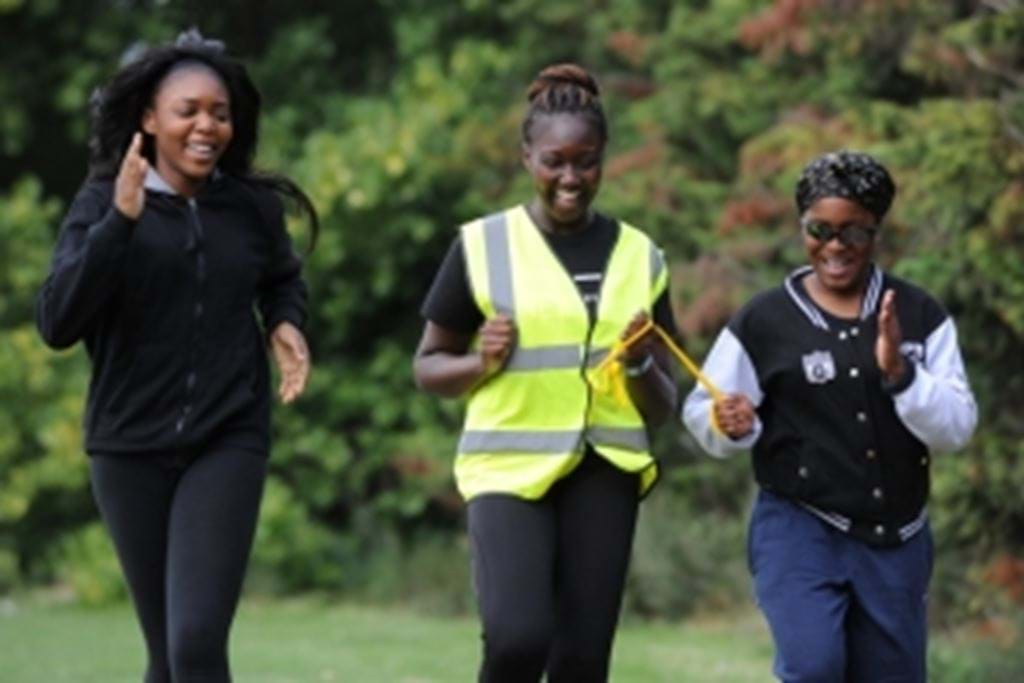New communications guide enables providers to widen reach
23 April 2014

The English Federation of Disability Sport (EFDS) has unveiled a new guide to inclusive communications. Written in partnership with Big Voice Communications, it supports providers to reach a wider audience, including more disabled people.
It aims to address the main communication barriers that many people experience in sport and physical activity, which also stop disabled people from accessing some opportunities. As well as providing essential better practice guidance on planning, terminology and language, it explains the purpose of accessible formats and shows how providers can get the best from their communications.
In 2012, EFDS research on barriers to participation showed communication as something, which can enhance experiences or restrict disabled people from being active. This applies to all aspects of marketing and delivery, at all levels.
Although the proportion of disabled people who are playing sport once a week has gone up slightly over the years, disabled people are still half as likely to be taking part in sport as non-disabled people (18.5 per cent compared to 39.2 per cent). There is still a long way to go in order to address this imbalance and inclusive communications play an important role in this.
There are approximately 11 million disabled people in the UK (one in five of our population). As a group, disabled people are a large proportion of this potential audience. As with any other large group, there can be no one-size fits all approach to how or what is communicated with disabled people and despite the advances in technology, there are still a number of different factors that can prevent groups of people or individuals from receiving communications.

The way in which disabled people access communications may be different to non-disabled people; and people with different impairments have different needs or experience different ‘barriers’ to accessing information. EFDS hopes this new guide enables more providers to understand the principles of and benefit from inclusive communications.
Barry Horne, EFDS’s Chief Executive, said: "Communication is central to EFDS’s work with a wide range of partners. We always aim to build on our insight into disabled people’s preferences in language, messages and the channels to reach more participants. This guide can be a starting point for many to think more deeply about their planning and processes and whether they are reaching as many people as possible."
Tanya Joseph, Sport England’s Executive Director of Business Partnerships, added: "Getting communication right can be the difference between a disabled person finding out about and trying a new sport and being unaware of the many opportunities available to them. This new guide gives sports providers simple, easy to implement advice which will make a valuable contribution to making sport more accessible for all."
Catherine Grinyer at Big Voice Communications, commented: "There is a strong business case for developing an inclusive approach to communications, but until now there has not been any comprehensive guidance on how to design and deliver inclusive communications campaigns. We have produced this guide to provide professional communicators in sport with an overview of the business case and many practical examples of how to make communication campaigns and channels more inclusive to diverse audiences including disabled people. Successful communications are those that reach the widest possible audience; this guide shows you how to go about it."
The way organisations talk, words used, tone of voice or even body language can affect anyone’s opinion of the sport or fitness provider and most of all- their trust in them. This is relevant in every organisation, no matter what sector they work in. Therefore, this guide is not limited to providers in these specific sectors or in the communications field.
The guide is available in various formats, including as an accessible PDF. Click here to download the guide (note the file is 10MB). More information is available on the EFDS website www.efds.co.uk.
More news from RunTogether




